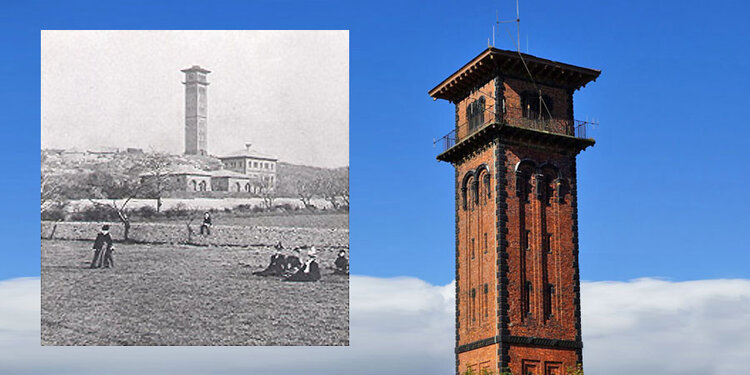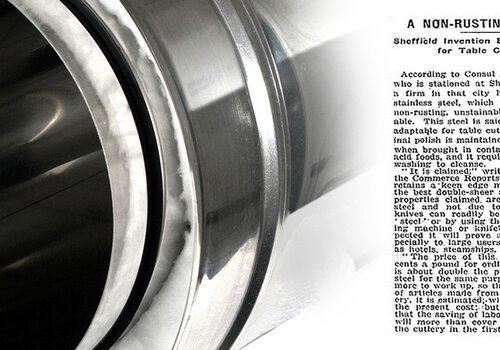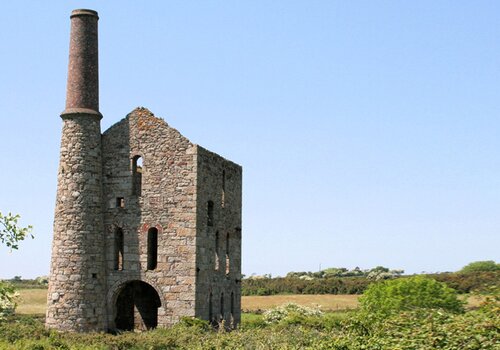(Washington, Tyne and Wear, 30. August 2017) Looking at local landmarks near our Washington factory, an interesting one has popped up (excuse the pun) at Cleadon, a village located near the coast at Sunderland.

he Cleadon Water Tower is one of the largest and oldest chimneys in the region. The tower was part of the old pumping station and the main reason for the construction was due to a cholera outbreak and the subsequent concerns about water quality throughout the region, as well as the country. Rapid industrialisation resulting in squalid and unsanitary conditions caused such outbreaks, therefore resulting in similar constructions in the 19th Century.
The tower itself was designed by Thomas Hawksley and was built alongside the works between 1859 and 1862. The chimney provided the venting for the boilers and also the exhaust point for other elements of the pumping station.
It was designed to look like an Italian campanile bell tower, which shows that even functional architecture was always designed with aesthetics in mind, back in the 19th Century. The materials used were red brick, rusticated sandstone quoins and a high level stone string course. The shape is square, albeit with a central flue around the inside. There are 141 stone steps spiralling around the flue leading to a balcony.
Luckily, it avoided demolition post war, where a huge number of historic buildings were lost as the drive for modernisation took place. During the actual War it was used as a navigation guide.
It is now a Grade II listed building due to it’s campanile style and prominence and contains various telephone and radio masts.
An excellent 360 image from Christopher Riddell can be viewed here, or on the website: SouthShields360

News
Harry Brearley is commonly regarded as the inventor of “Stainless Steel” in Sheffield, however, his path was laid by a number of scientists ...

News
We always have that perfect vision of people gathered round a roaring fire on a cold day, protected in a warm and cosy home.

News
The source of the natural pumice insulating material, used in all of our Isokern range, from pumice liners and blocks, to the Garden Firepla...